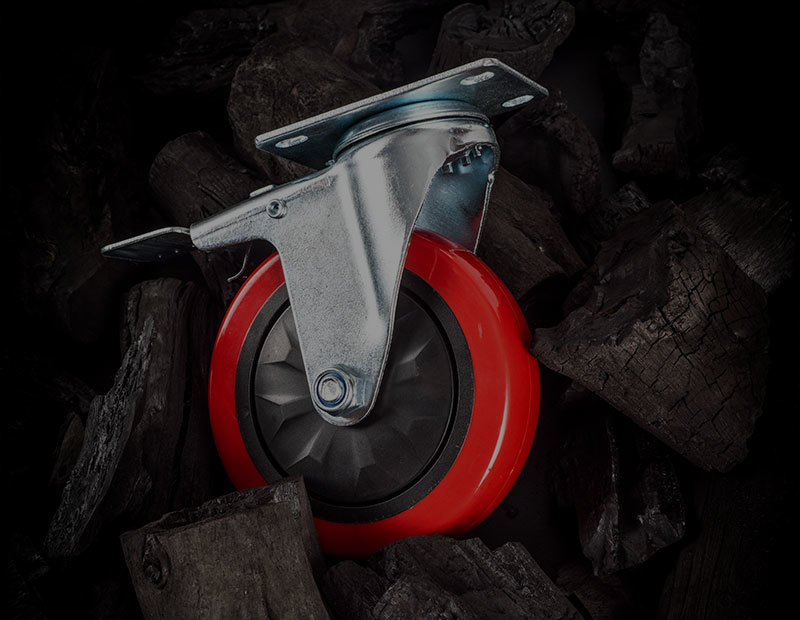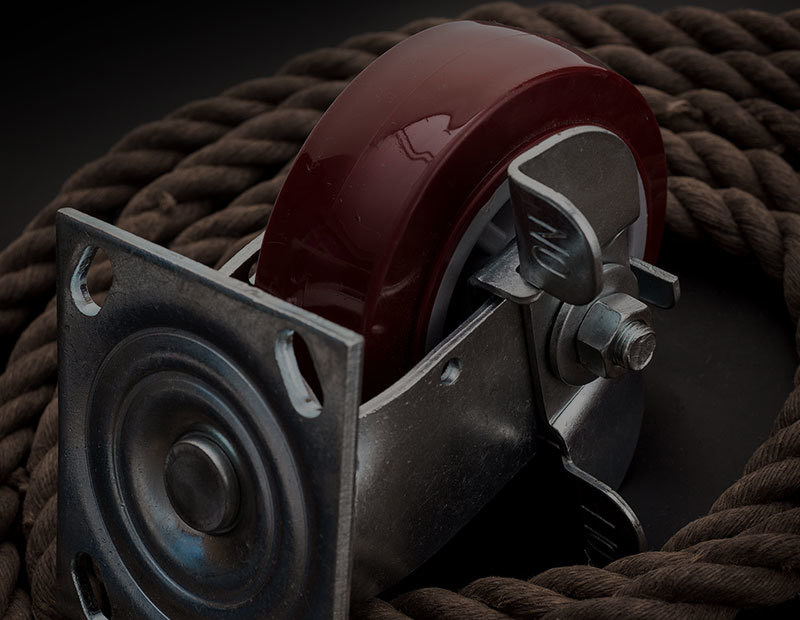How to determine the quality of the casters
Release Time:
Dec 26,2023
The extensive use of casters not only promotes social progress, but also has a great impact on the development of our lives; For example, the casters in our furniture, chairs, and some large machinery in industry have now adopted casters for ease of movement

The extensive use of casters not only promotes social progress, but also has a great impact on the development of our lives; For example, the casters in our furniture, chairs, and some large machinery in industry have now adopted casters for ease of movement. It can be imagined how much convenience the use of casters has brought us. Among the casters we see in our daily lives, they are not produced and can be used. They have also undergone a series of tests before they can be boxed, packaged, and used. For different materials of casters, of course, their testing requirements are also different. So, let's go to KAC, a professional manufacturer of casters, to see how it tests casters and ultimately becomes qualified casters.
1. Reciprocating wear test:
The reciprocating wear test of casters simulates the actual rolling situation of casters in daily use. It is divided into obstacle test and obstacle free test. During the test, no casters or other parts are allowed to detach. After the test is completed, each caster should be able to operate its normal function. After the test is completed, the rolling, axial rotation, or braking function of the casters should not be damaged.
2. Rolling resistance and rotational resistance measurement:
When the casters move or need to control their direction of travel, force must be transmitted to the casters through an object and overcome a certain amount of resistance. The magnitude of resistance depends on factors such as weight, wheel diameter, wheel material, wheel surface shape, and the condition of the site where the casters rotate.
3. Resistance performance test:
When testing this performance, the casters should be kept dry and clean. Place the casters on a metal plate insulated from the ground, keep the wheel edges in contact with the metal plate, and load 5% to 10% of their nominal load on the casters. Measure the resistance value between the casters and the metal plate using an insulation resistance tester (with a nominal open circuit voltage of 500V, a resistance value fluctuation of less than 10%, and a loss of no more than 3W on the product). For conductive casters, the resistance value should not exceed 104 ohms, while the resistance of anti-static casters should be between 105 ohms and 107 ohms.
4. Impact testing:
Any item may collide and vibrate due to transportation, use, storage, and other conditions, causing the product to be unable to be used normally for a period of time. Furniture is often susceptible to impact due to its large size, weight, and other characteristics. The casters located at the bottom that determine whether the furniture is placed smoothly should have good impact resistance.
5. Static load test:
The casters should always run steadily on the ground, but that is almost a purely theoretical state. When on uneven surfaces, or when passing through thresholds, tracks, and potholes, the casters will briefly leave the ground. So when they suddenly overload or when 3 out of 4 casters come into contact with the ground, they must bear the load of the entire furniture.
Through the above tests, we can find that even if the appearance is simple, it is not considered a very large caster. It is through these tests that it can ultimately become a qualified caster product. Of course, during product production, we
Keywords:
More information





